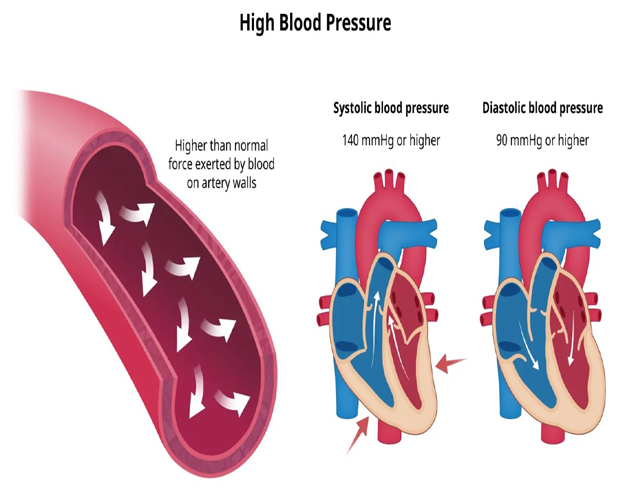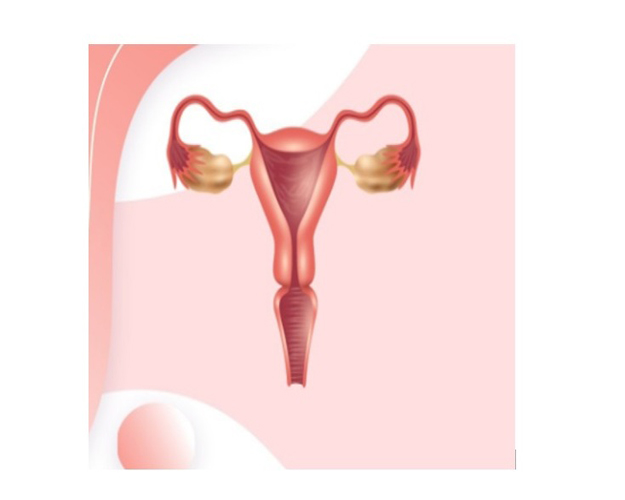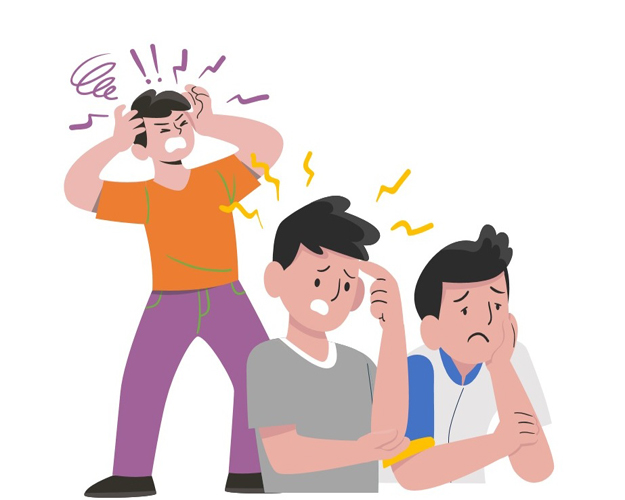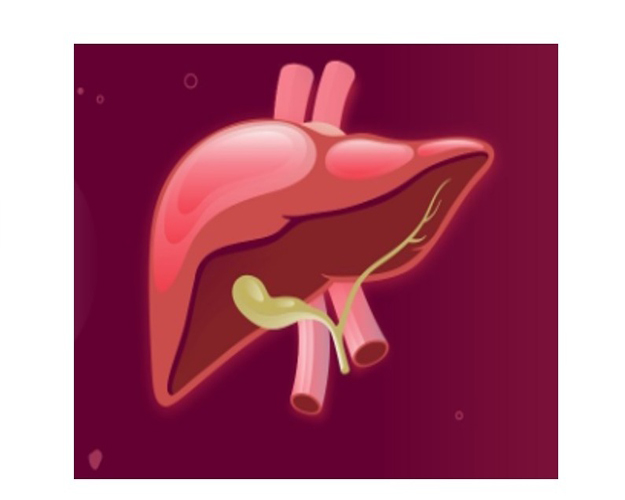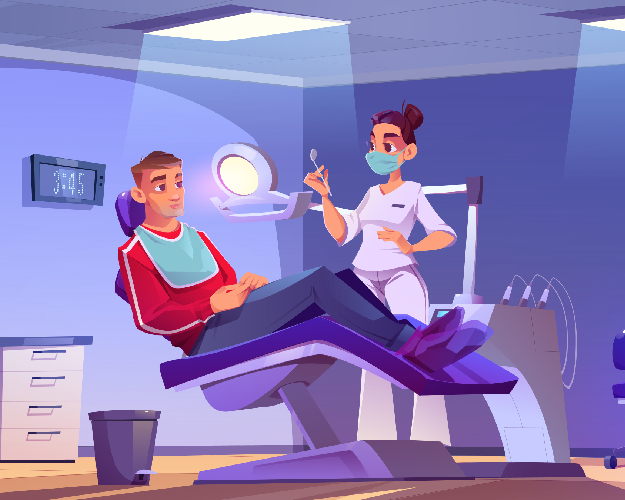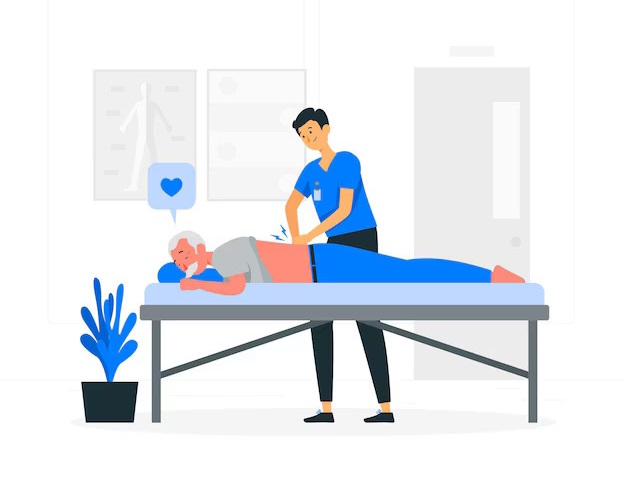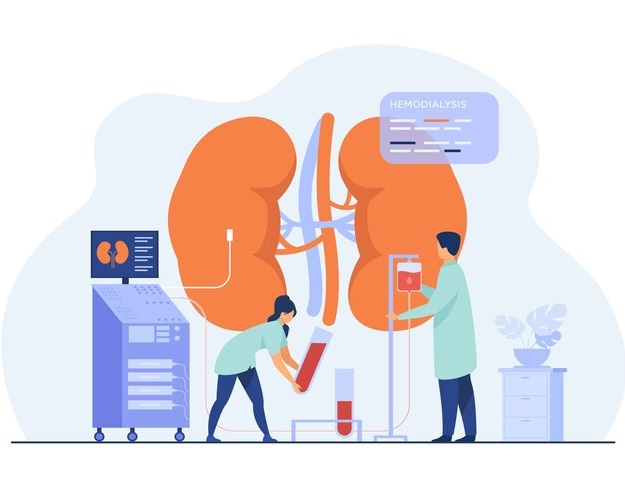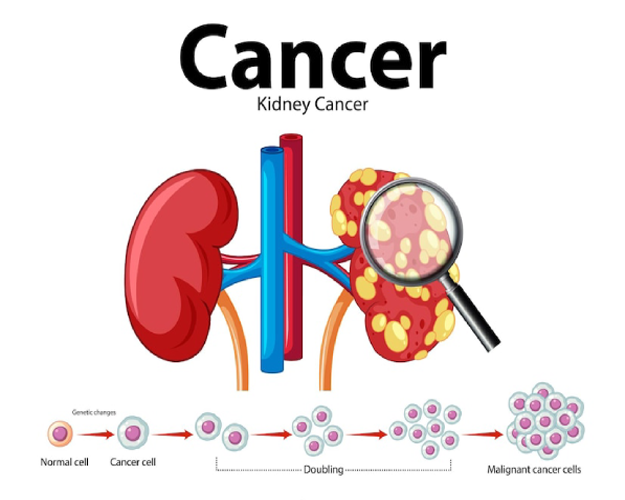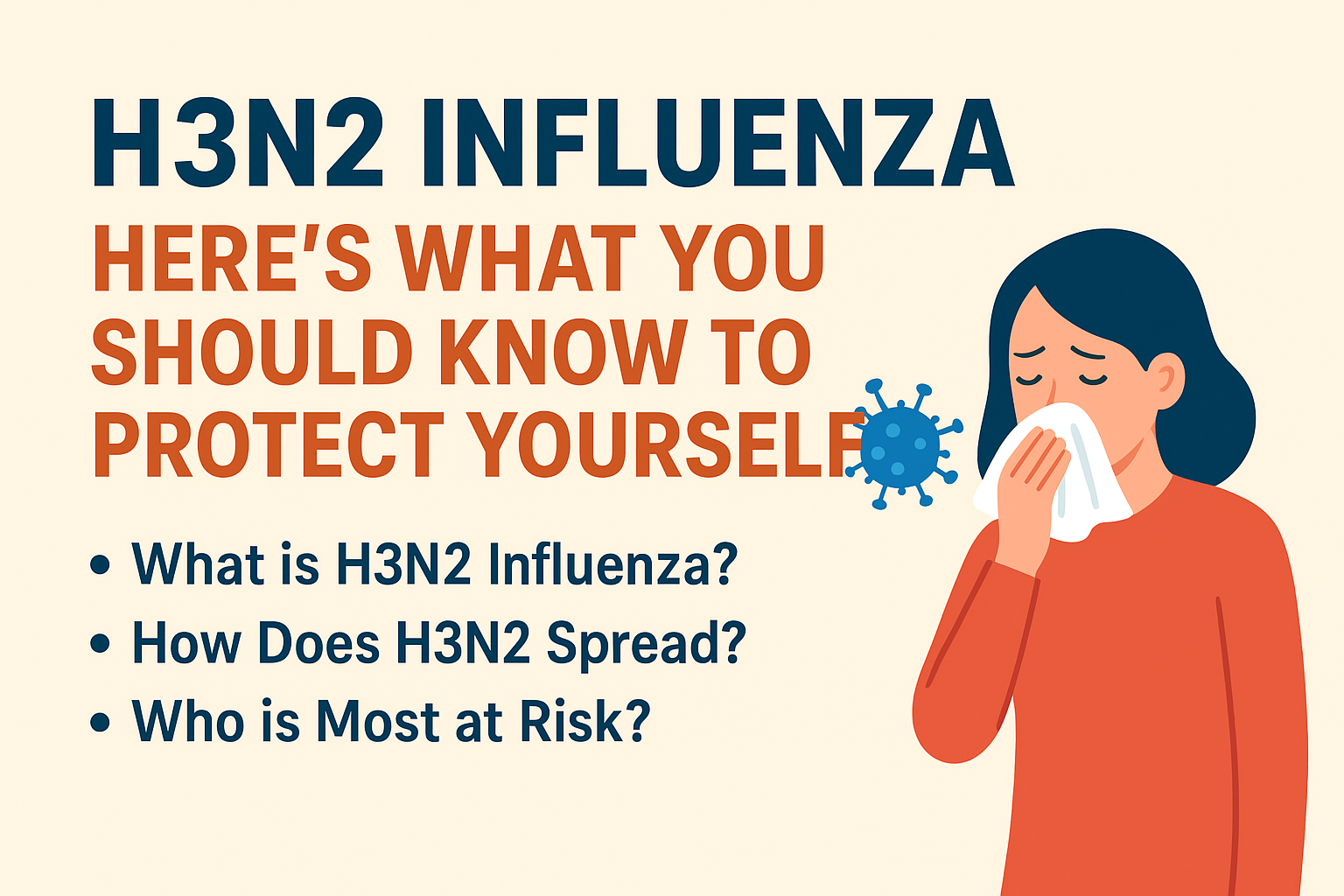
H3N2 Influenza: Here's What You Should Know to Protect Yourself
1. Introduction
In the past few weeks, there has been an apparent increase in the cases of H3N2 influenza in the Delhi-NCR region, thus causing a new wave of public health concerns. Although influenza is not a recent occurrence, some types such as H3N2 are more likely to spread infections faster and bring about more serious illness than the regular flu. The season of the flu includes the threat of the outbreak of certain diseases within the community, and such a disease is able to spread fast, so awareness is always the initial step towards its protection. The knowledge of what H3N2 is, its modes of transmission, people who are at the highest risk, and the most effective ways of avoiding infection is necessary to protect yourself and loved ones.
2. What is H3N2 Influenza?
H3N2 is a subtype of Influenza A virus, which in the past has caused some of the worst seasons of flu in the world. H3N2, unlike the prevalent flu, is characterized by-
1. Increased hospitalization rates particularly in old age and children.
2. More severe symptoms, which can be prolonged more than other strains.
3. Frequent complications, like pneumonia and secondary bacterial infection.
This makes H3N2 particularly concerning during seasonal outbreaks.
3. How Does H3N2 Spread?
The H3N2 virus is highly contagious and transmits in several ways:
1. Respiratory droplets: As an infected individual coughs, sneezes or even speaks, the air is filled with tiny drops with the virus.
2. Surface contamination: The virus may persist on such surfaces that are touched frequently, such as doorknobs, cell phones, and handrails. Contact with such surfaces and further on your face puts you at risk of infection.
3. Airborne transmission in enclosed spaces: Due to inadequate ventilation and congestion of enclosed spaces, the virus is likely to be held longer in the air.
4. Asymptomatic carriers: Individuals who are asymptomatic can transmit the virus without realizing it and therefore the need to prevent it becomes even greater.
4. Who is Most at Risk?
Even though any person can be infected with H3N2, certain groups are at more risk of severe illness and complications:
1. Elderly adults (60+ years)
2. Children (young children in particular)
3. Pregnant women
4. Individuals with chronic conditions such as diabetes, asthma, heart disease or chronic lung disease.
5. Immunocompromised individuals (weakened immune systems due to illness or medications)
6. The caregivers and healthcare workers because of their frequent exposure.
7. People who live in close quarters or in shared quarters like hostels, dormitories or offices.
These groups should take extra precautions during flu outbreaks.
5. Common Symptoms of H3N2
The disease usually comes on quickly and may deteriorate rapidly. The most typical symptoms are:
1. Fever with chills
2. Constant cough and throatache
3. Blocked nose and rhinorrhoea
4. Muscle pain, Body aches and headaches
5. Weakness with Fatigue
6. Gastrointestinal symptoms (such as nausea, vomiting or diarrhoea) particularly in children.
7. In severe cases: shortness of breath, chest pain, or wheezing
6. How is H3N2 Diagnosed?
A clinical examination is normally the beginning of the diagnosis process due to the symptoms and history of the patient. To be sure, physicians can prescribe:
1. Rapid Influenza Diagnostic Tests (RIDTs) for quick detection
2. RT-PCR testing, which is more sensitive and accurate
3. Chest X-rays to check for pneumonia or other respiratory complications
Timely diagnosis ensures appropriate treatment and prevents unnecessary antibiotic misuse.
7. Treatment Options for H3N2
The majority of H3N2 cases can be treated at home through rest and care, but treatment can differ according to severity:
1. Antiviral medications: Antiviral drugs such as oseltamivir are effective when administered within 48 hours of the onset of symptoms.
2. Supportive care at home: Home-based supportive care enhances rest, hydration, and fever control (using medications prescribed by a doctor).
3. Hospital-based treatment: In the severe cases and in the elderly and those with underlying conditions. Heavy monitoring and oxygen treatment may be necessary.
4. Managing secondary infections: The flu is occasionally followed by bacterial infections that need antibiotics prescribed by the doctor.
Importantly, self-medication should be avoided, as misuse of antibiotics or incorrect dosages can worsen health outcomes.
8. Prevention of H3N2 Infection
Preventive measures are the most effective way to stop the spread:
1. Annual flu vaccination: Recommended to all people, particularly high-risk groups. Although it does not inhibit the infection process, it greatly minimizes the severity.
2. Hand hygiene: Clean hands with soap and water regularly or alcohol-based hand cleaners.
3. Covering the face in the high-traffic areas and particularly at time of outbreak.
4. Respiratory etiquette: When coughing or sneezing, cover your mouth and nose using a tissue or the elbow.
5. Proper indoor ventilation: Windows open as much as they can be to minimize the viral load in the air.
6. Strengthening immunity: Eat a balanced diet, stay hydrated, exercise moderately, get sufficient sleep, and manage stress.
7. Avoiding self-medication: Always consult a doctor before starting treatment.
9. When to See a doctor
You need to seek medical attention right away in case of:
1. Unresponsive high fever which fails to respond to the normal drugs.
2. Pain in the chest and difficulty in breathing, or wheezing.
3. Extreme weakness, dehydration or dizziness.
4. Symptoms that do not improve but get worse over a few days.
Early consultation is especially important in young children, elderly people or patients with chronic health conditions.
Final Thoughts
H3N2 influenza is a major health problem that can be encountered during the season, but it can be minimized through early capture of the airborne virus, vaccination, proper hygiene behaviours, and immediate treatment. Most individuals can recover through rest and supportive care but people at high risk must be particularly wary. To prevent the H3N2 in this season of flu, knowledge and precaution are your best line of defence.
Stay safe, stay healthy, and don’t ignore the early signs of flu.
Frequently Asked Questions (FAQs)
Q1. Can H3N2 reoccur following recovery?
Yes, reinfection can take place, but not very common during the same season.
Q2. What is the difference between H3N2, swine flu, or COVID-19?
Influenza A virus causes H3N2, H1N1 is the cause of swine flu, and the COVID-19 is caused by SARS-CoV-2 virus. Symptoms are similar; however, complications and treatment vary.
Q3. How long does H3N2 last?
The majority of the population gets better after 5-7 days, but the patient can experience fatigue and a cough for up to two weeks.
Q4. Is the flu vaccine safe in children?
Yes. Seasonal flu vaccine is safe in children who are over 6 months old and is highly recommended.
Q5. Do home remedies work?
Fluid intake, steam inhalation and rest can help relieve pain but are not a replacement to a doctor.
Q6. Is it possible to contact H3N2 via food or water?
No. It is primarily transmitted by respiratory droplets and surfaces.
Q7. Is it true that untreated flu may cause complications?
Yes, it can cause pneumonia, bronchitis, ear infections or exacerbation of underlying chronic illnesses.

